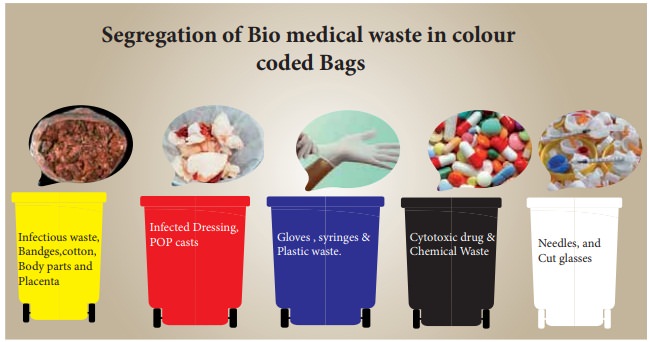Intro:
If you’re looking for a new sterilization method, you might be questioning if the autoclave can be a correct selection for you. Autoclave sterilization can be a well-liked means of disposal, but it’s not your best option readily available. In this particular article, we’ll evaluate autoclave sterilization with other types of biomedical waste disposal that will help you make a well informed choice.
There are three principal strategies for sterilization: autoclave, free of moisture heating, and chemical substance. Each and every technique have their pros and cons.
Autoclave sterilization can be a well-known selection because it’s relatively fast and low-cost. The down-side is the fact that autoclaves require cautious operation in order to avoid destroying delicate equipment.
Dry warmth sterilization is reduced than autoclave sterilization, but you can use it on temperature-delicate equipment. The down-side is dried up temperature sterilizers can be more expensive than autoclaves.
Chemical substance sterilization may be the fastest and most low-cost strategy, but it’s also the least successful. Chemical substance sterilants may damage equipment and so are not recommended for usage on health care or food-processing equipment.
Summary:
When picking a technique of sterilization, there are numerous considerations. Cost, rate, and effectiveness are common significant factors. Autoclave sterilization is really a well-known decision because it’s relatively quick and low-cost. Even so, autoclaves call for a very careful functioning to protect yourself from harming fragile equipment. Dried up temperature sterilizers are slow but works extremely well on warmth-vulnerable devices. Chemical substance sterilization is the quickest and most economical approach but can also be the least powerful. Finally, the best way of convenience to meet your needs depends upon your situations.
